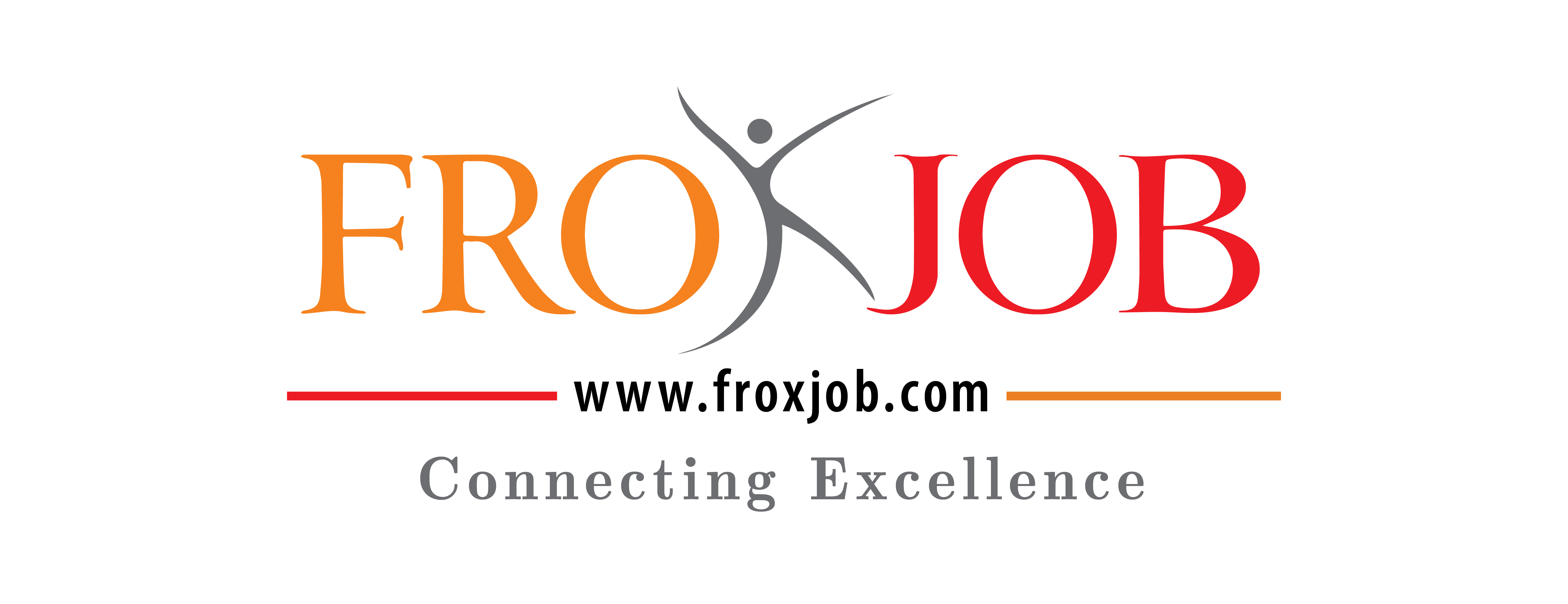The Ultimate Guide to Effortless and Effective Employee Onboarding

The Ultimate Guide to Effortless and Effective Employee Onboarding
Employee onboarding is more than an administrative task. It is the foundation for employee engagement, productivity, and long-term retention. A well-structured onboarding process reduces turnover, accelerates performance, and builds a sense of belonging from day one. In this guide, we outline everything organizations need to know about creating an effective and effortless onboarding program that delivers results.
Why Employee Onboarding Matters
A strong onboarding process is not just a welcome gesture—it directly impacts business outcomes. Organizations with a robust onboarding strategy experience:
- Higher employee retention: Structured onboarding reduces early resignations.
- Improved productivity: New hires achieve performance goals faster.
- Stronger culture alignment: Employees feel connected to company values.
- Reduced hiring costs: Lower turnover means fewer expenses on recruitment.
Onboarding is a strategic investment, not an optional HR process.
Key Components of an Effective Onboarding Program
1. Pre-Onboarding Preparation
Onboarding begins before the employee’s first day. Pre-onboarding creates excitement and minimizes confusion. It includes:
- Sending a welcome email with details about the first day.
- Sharing company handbooks, policies, or introductory resources.
- Setting up IT accounts, access cards, and workstations in advance.
- Assigning a buddy or mentor to ease the transition.
This step builds confidence and reduces first-day anxiety.
2. A Structured First Day Experience
The first impression is important. A thoughtfully planned first day should include:
- A warm welcome from the manager and team.
- Introduction to key colleagues and departments.
- A tour of the workplace or a virtual orientation for remote hires.
- Clear instructions on initial tasks and expectations.
This sets the tone for belonging and clarity.
3. Orientation and Training
Orientation provides essential knowledge about the organization, while training equips employees with job-specific skills. An effective approach includes:
- Company history, mission, and values sessions.
- Policy briefings covering compliance, security, and workplace safety.
- Role-based training to ensure job readiness.
- Access to digital learning platforms for self-paced development.
4. Social Integration and Relationship Building
Humans thrive on connection. Encouraging relationship building strengthens collaboration and loyalty. Strategies include:
- Team lunches, coffee chats, or virtual meetups.
- Pairing new hires with peer mentors.
- Encouraging cross-departmental introductions.
5. Ongoing Support and Check-ins
Onboarding is not a one-day event. Consistent follow-up over the first 90 days ensures alignment. Best practices include:
- Weekly check-ins during the first month.
- Feedback sessions at 30, 60, and 90 days.
- Opportunities for employees to share challenges and achievements.
6. Use of Technology in Onboarding
Digital tools make onboarding more efficient and engaging. Examples:
- Onboarding portals with resources, forms, and videos.
- E-signature platforms to streamline paperwork.
- Learning management systems (LMS) for structured training.
- HR analytics tools to track progress and measure engagement.
The Role of Managers in Onboarding
Managers play a central role in integrating employees into the organization. Their responsibilities include:
- Setting clear goals and expectations.
- Providing resources and guidance.
- Offering constructive feedback.
- Recognizing and celebrating early contributions.
When managers are actively involved, employees feel supported and motivated.
Best Practices for Onboarding Remote Employees
With the rise of remote work, onboarding has shifted significantly. To onboard remote employees effectively:
- Use video conferencing tools for real-time connection.
- Provide digital welcome kits with company merchandise and guides.
- Establish virtual mentorship programs.
- Create structured daily schedules for the first week.
- Foster online team-building activities to reduce isolation.
Remote onboarding requires intentional planning to build trust and engagement.
Measuring Onboarding Success
To ensure continuous improvement, organizations must measure the impact of onboarding. Useful metrics include:
- Time-to-productivity: How quickly new hires reach performance goals.
- Employee engagement scores: Surveys to assess satisfaction.
- Retention rates: Tracking turnover within the first year.
- Feedback from new hires: Insights on what worked and what needs improvement.
Data-driven evaluation helps HR refine the process for future hires.
Common Onboarding Mistakes to Avoid
Many organizations unintentionally weaken onboarding by:
- Overloading employees with too much information on day one.
- Failing to provide clear expectations or role clarity.
- Neglecting ongoing check-ins after the initial orientation.
- Treating onboarding as HR’s job only, rather than a company-wide responsibility.
Avoiding these pitfalls ensures smoother integration.
Creating an Onboarding Program that Lasts
An effective employee onboarding program is intentional, consistent, and aligned with organizational goals. The most successful programs:
- Start early with pre-onboarding communication.
- Balance orientation, training, and social integration.
- Leverage technology for efficiency.
- Empower managers to take ownership.
- Provide ongoing support beyond the first week.
When designed thoughtfully, onboarding transforms new hires into engaged, loyal, and high-performing team members.
Conclusion
Employee onboarding is a strategic process that influences engagement, productivity, and retention. Organizations that prioritize onboarding build stronger teams and reduce costly turnover. By focusing on clarity, connection, and continuous support, companies can ensure that every employee starts their journey with confidence and commitment.





